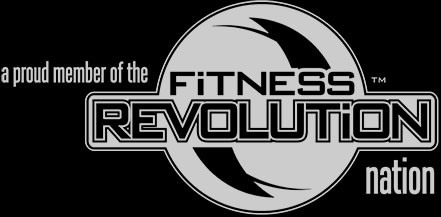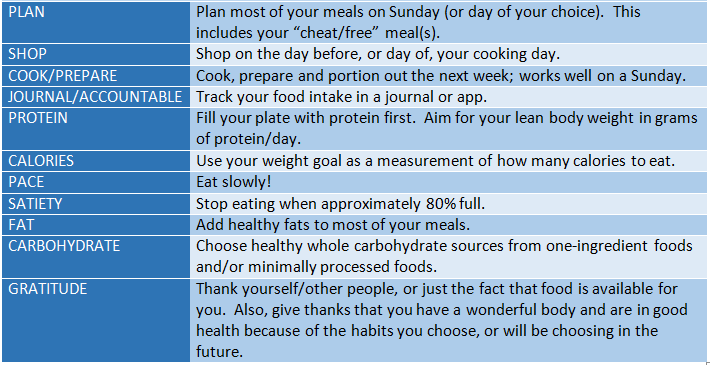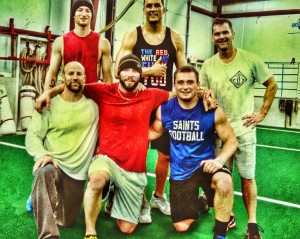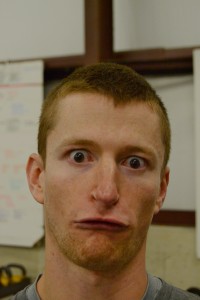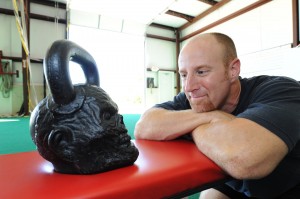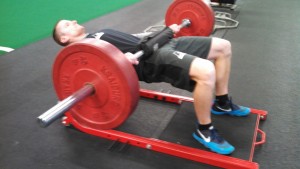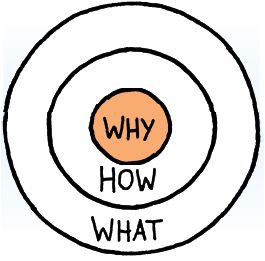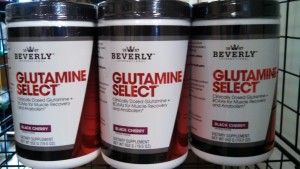The following is an excerpt from John O’Sullivan’s excellent book Changing the Game. If you would like to see more about his book, or Carol’s Dweck’s Mindset book, links are provided at the end.
The influence of state of mind on performance has been confirmed through decades of research by world-renowned Stanford University psychologist Carol Dweck. She has discovered that beyond talent, intent, and actions, a person’s approach and what she calls “mindset” play a tremendous role in achievement and performance. Dweck has discovered that people have either a fixed or a growth mindset when it comes to performance. The view a person adopts profoundly affects the way she lives her life, how she performs, and what she accomplishes.
Fixed-mindset individuals believe that their abilities and qualities are carved in stone and that every activity is a test of one’s innate, unchangeable ability. Whether it be in the classroom, on the athletic field, or in a relationship, fixed-mindset individuals view every situation as a confirmation of their intelligence, ability, character, and even their personality. Challenges are to be avoided, obstacles are reasons to give up, criticism is ignored, effort is worthless, and the success of others is threatening. Fixed-mindset people do not believe in growth, only validation. You’ve either got it or you don’t!
Here are some things that fixed-mindset people say:
“I don’t play much. I am just not a good soccer player.”
“I failed the test. I won’t ever understand algebra.”
“I am not an artist. My brother got all the artistic genes in our family.”
Do any of these sound familiar? Do you know anyone whose every failure is a repudiation of his ability? Do you see a player who has potential but is not applying himself? “Why even try?” says the fixed mindset person. “I am just not good and never can be.” On the other hand, Dweck has discovered that growth-mindset individuals believe that one’s abilities are starting points and that talents are capable of being cultivated, nurtured, and developed. Effort, commitment, risk, failure, and disappointment are all components of development and not a reflection of permanent traits. Everything is a part of the journey, and every success or failure is a reflection upon where one is today, not where one might be tomorrow with some effort and application. As a result, challenges are embraced, effort is the path to
accomplishment, criticism is helpful, persistence is celebrated, and the success of others is inspiring.
Hopefully we have heard some growth-mindset statements from our kids:
“If I’m going to break into the starting lineup, I need to practice
harder and more often.”
“I got a C. I need to do some more studying for our next test.”
“Wow! That was the most challenging practice we ever had. I like our
new coach!”
Growth-mindset individuals love challenges, take risks, try new things, and focus on the process—not the outcome—of achievement activities. Through her research, Dweck has developed a series of mindset workshops and tested her theories on students of all ages. In one of her studies, she taught a portion of a class a fixed-mindset approach (the brain does not develop, skill is innate and cannot be learned, etc.), while others were led to adopt a growth-mindset approach (this can be learned, ability can be developed). Over eight sessions, both groups of students were taught study skills and how to apply them to learning challenging new concepts. Their teachers were not told which kids were in which group, but they were asked for feedback on student performance. Throughout the study, teachers singled out far more students in the growth-mindset group for making huge progress in both their motivation and improvement. At semester’s end, Dweck looked at the students’ grades in math. The growth-mindset group showed an improvement and was far more inspired to learn and put forth effort. The students in the fixed-mindset group did not improve their grades. In spite of receiving everything the growth group did, except for the growth-mindset training, their motivation to learn and apply their new study skills did not change. Their mindset held them back!
From toddlers to adults, Dweck’s results are astounding and consistent. Every study confirmed that the growth-mindset individuals learned more, demonstrated more improvement in testing, challenged themselves more often, and enjoyed themselves more than the fixed mindset groups. Every time! The highest-performing athletes are likely to have a growth mindset when it comes to sports. Of course, young athletes and even pros may perform well on a fixed mindset, but they will never reach their true potential. They will constantly seek validation and need to prove themselves instead of focusing upon improving themselves. In the long run, they will be surpassed by those athletes with a proper growth oriented state of mind.
The great news is that mindsets can be changed. Dweck has developed workshops and exercises that help students, athletes, and others adopt a growth-oriented mindset. Sometimes it is as simple as watching a short video on how the brain grows and develops throughout life. Other times it is simple statements of praise that have the desired effect. Once people are open to the possibility that nothing is fixed, they can get on with
learning and performing their best.

